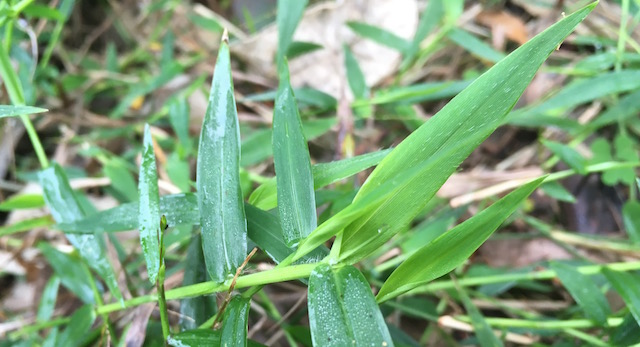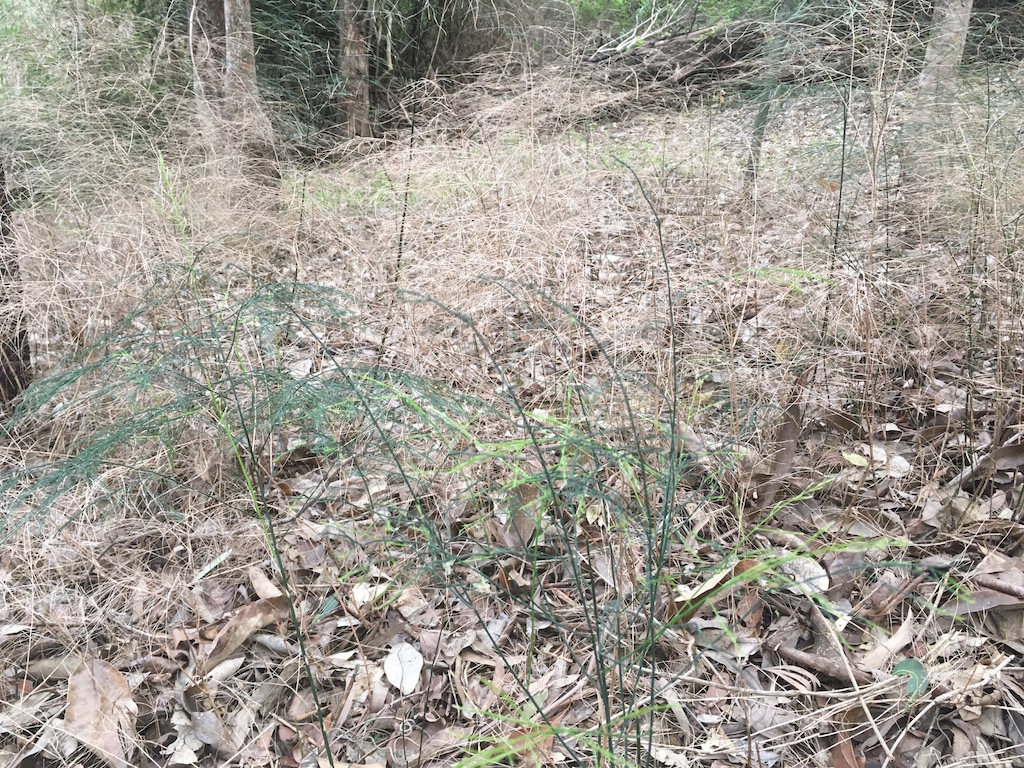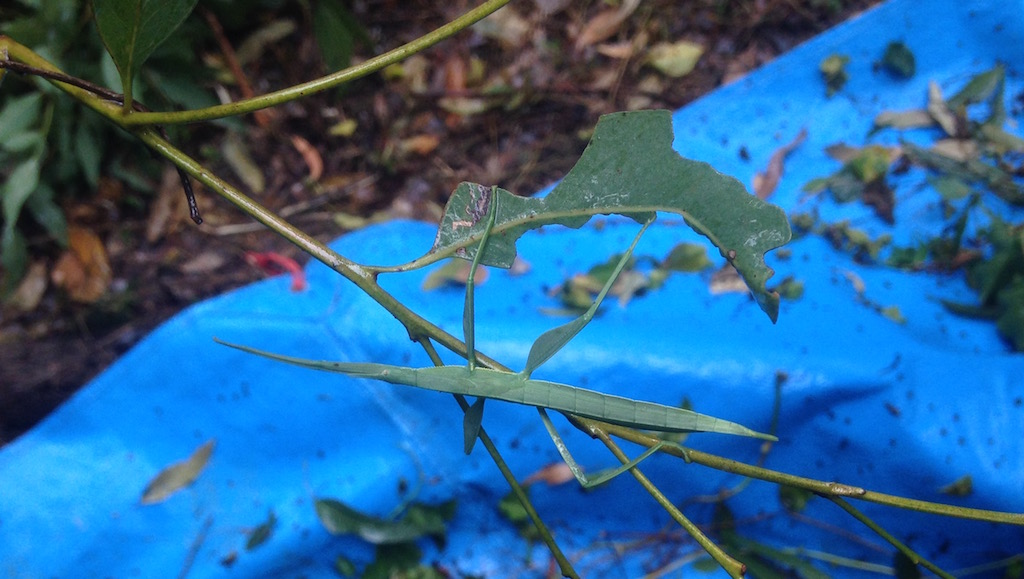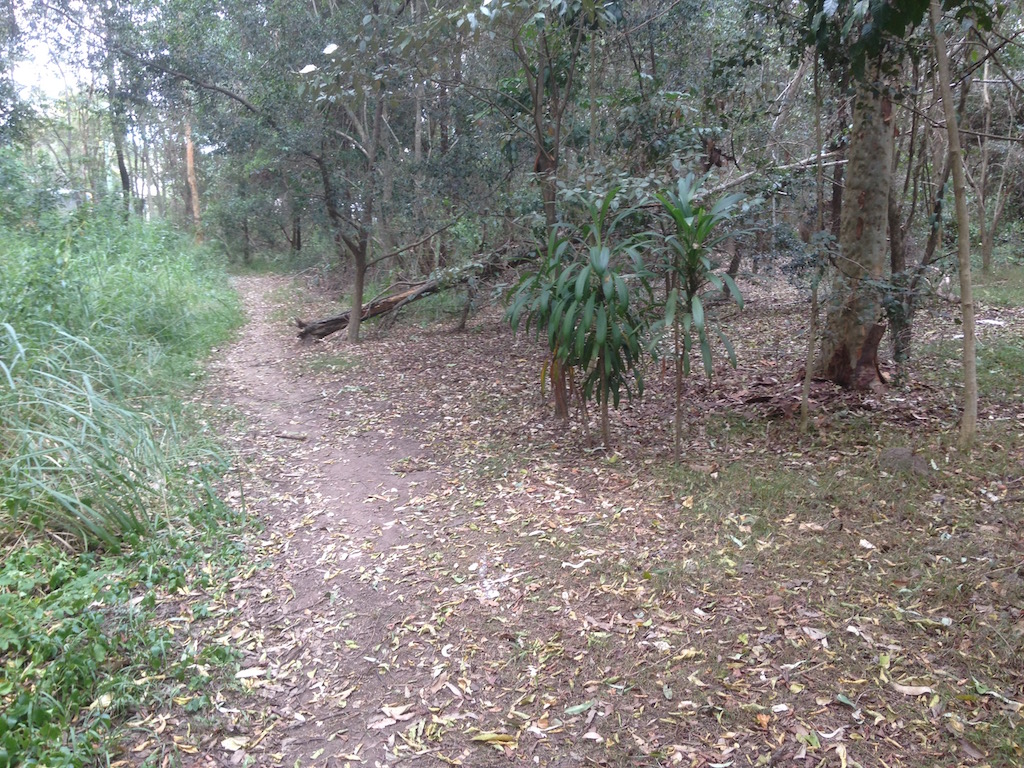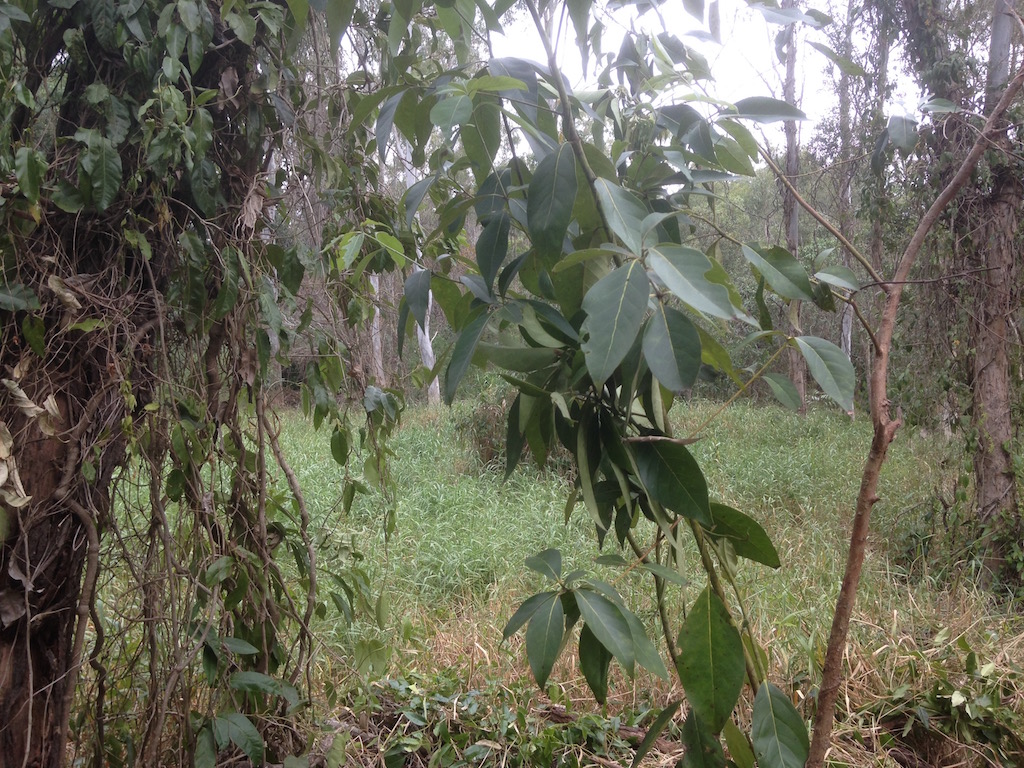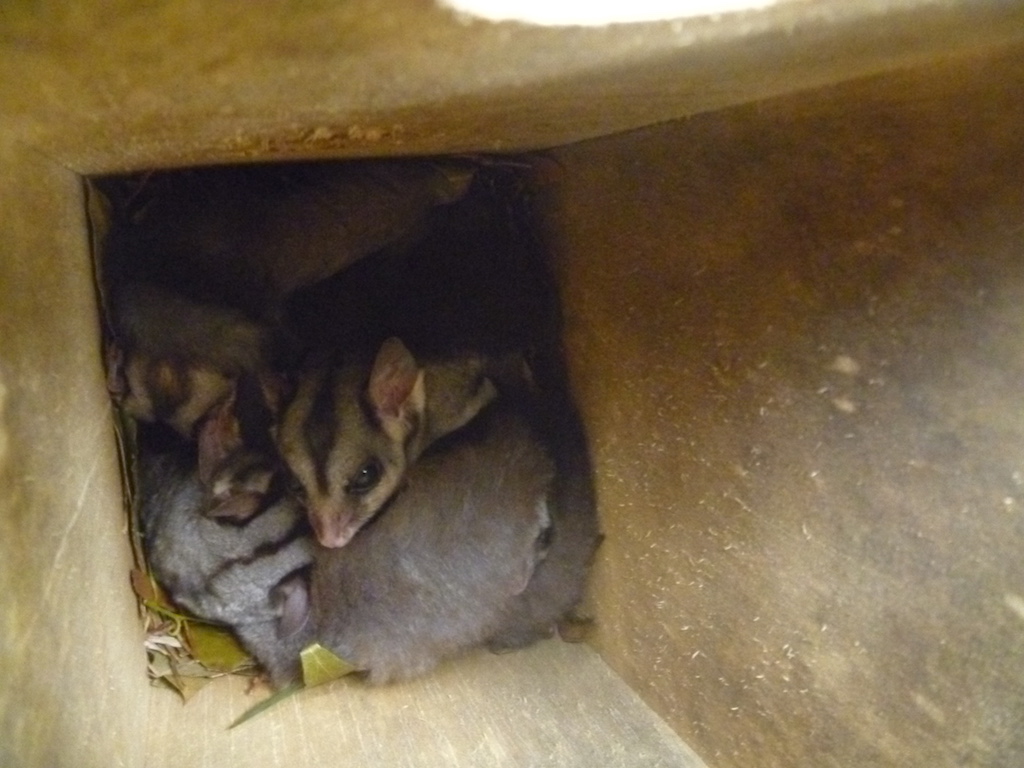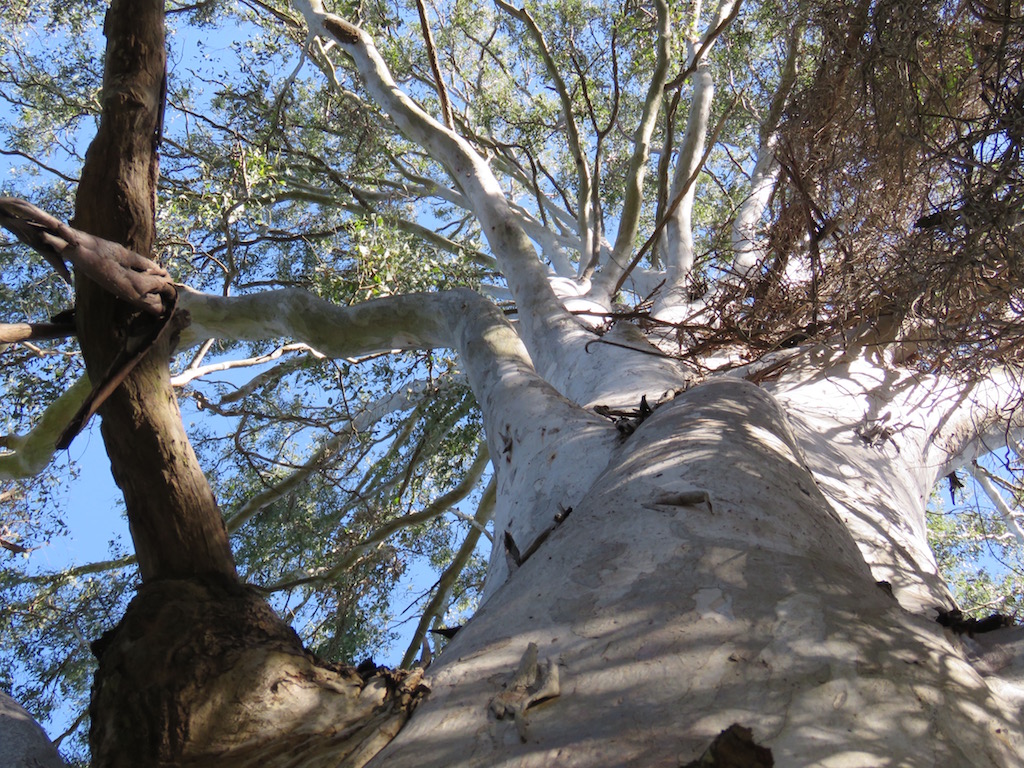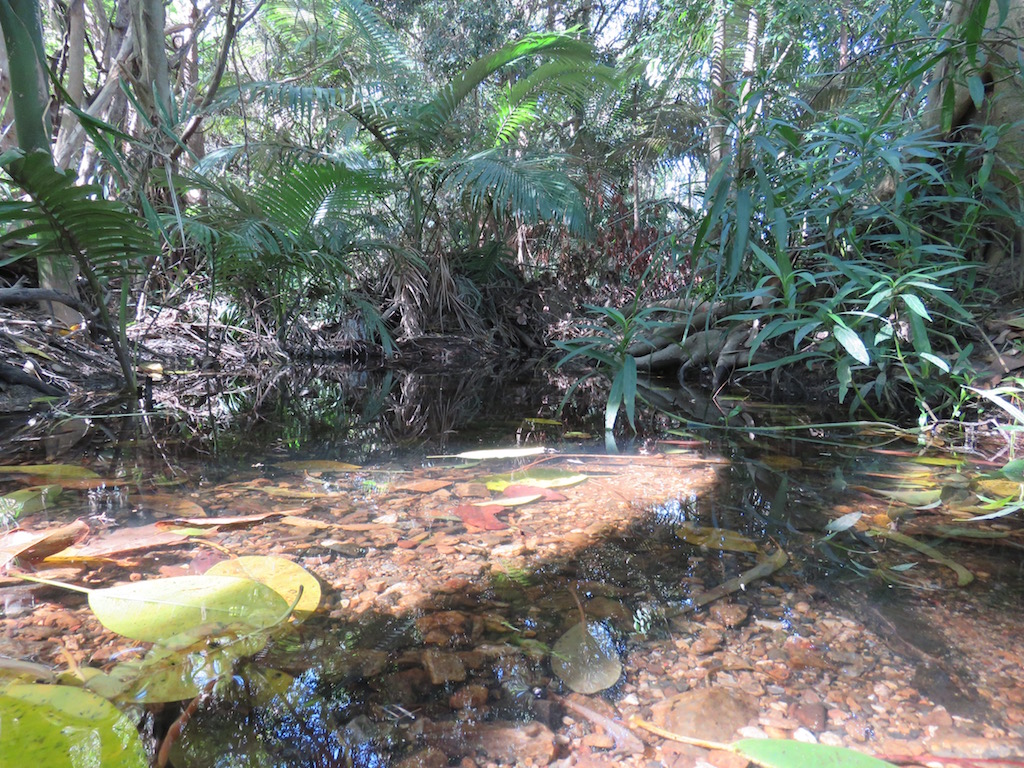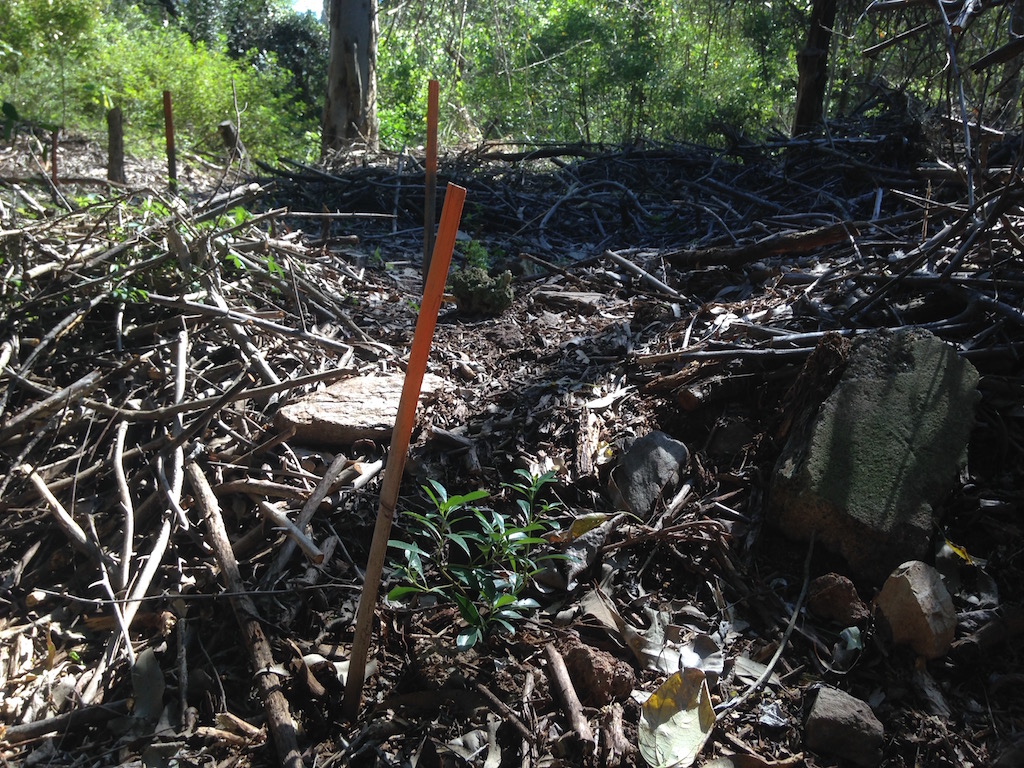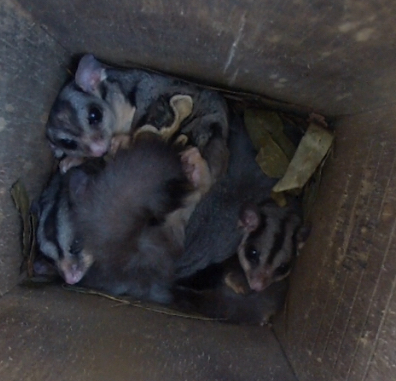
Our squirrel glider colony was captured on video as part of our National Schools Tree Day activities on July 29th, 2016. Groups of Holland Park SHS Year 12 students took part in a site walk-through with their teachers and Ekibin Creek Bushcare volunteers. As well as noting the glider colony …
read more